

Michael Reeves
Tay Zi Dong Patrick
COVID-19 has significantly altered our daily lives.
This change is especially noticeable among working professionals, with the shift towards remote work leading to higher noise levels in HDB estates.
Indeed, the amount of noise between floors in HDB buildings has increased 5 times compared to the period before COVID-19.
Our public survey revealed that 71.6% of HDB residents are well-informed about methods to mitigate noise, as well as the regulations and efforts Singapore has put in place to manage noise.
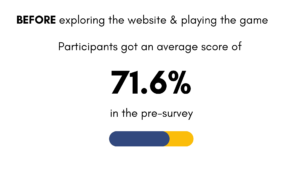
While the figure of 71.6% seems promising, it also highlights that over a quarter of the survey respondents lack this awareness.
This insight has motivated us to launch the Less Noise campaign, aimed at boosting public knowledge on noise reduction techniques, thereby fostering a more considerate community among HDB residents.
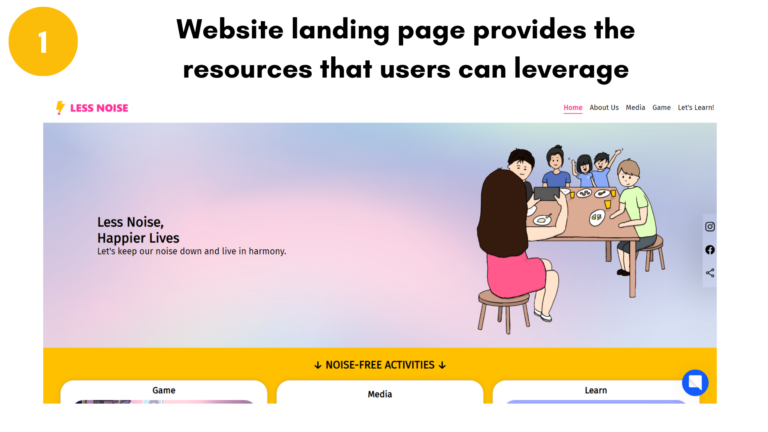
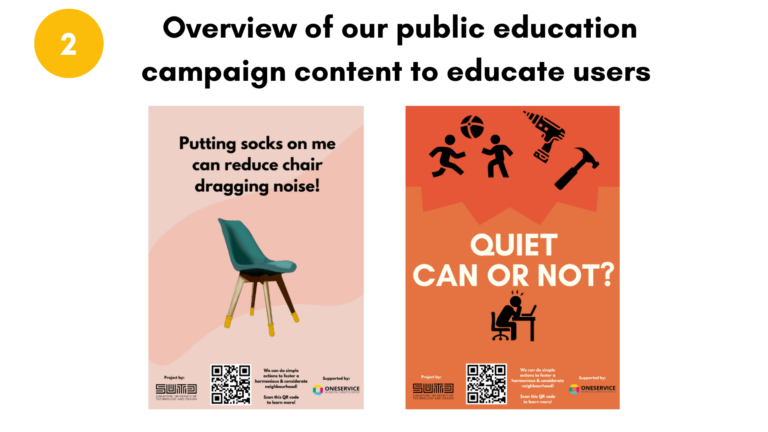
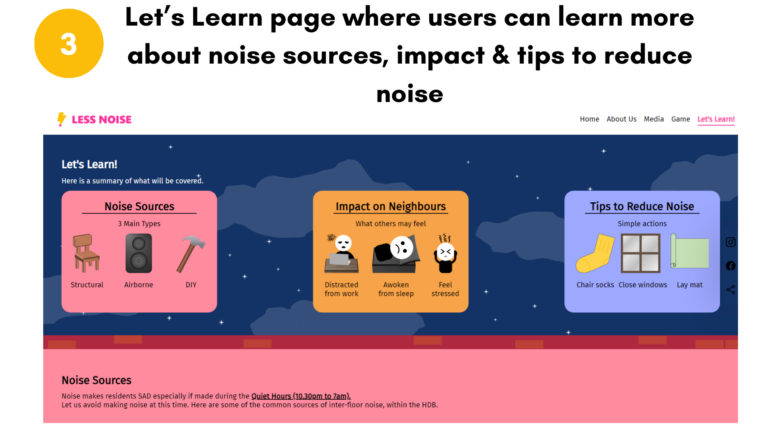
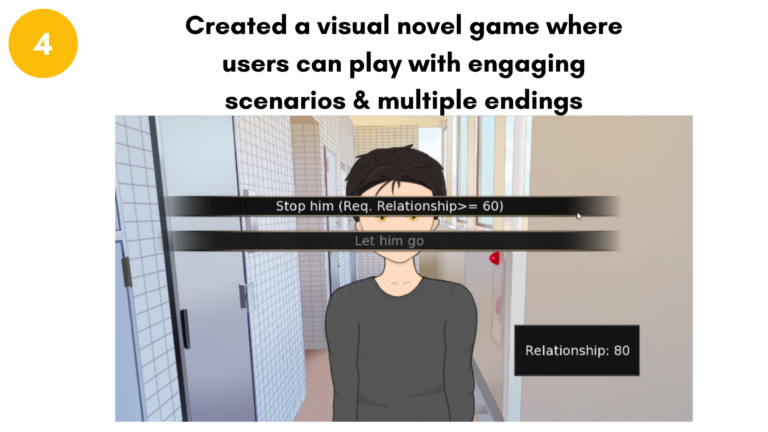
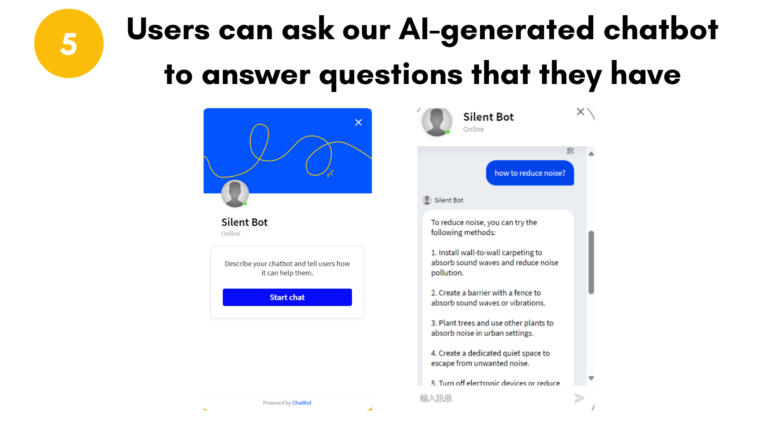

















The website serves as a centralised platform to host the visual novel game and provide resources such as the chatbot and “Let’s Learn” information page. Let’s have a walkthrough of the five web pages!
(1) Home – understand our project’s motivation to reduce noise
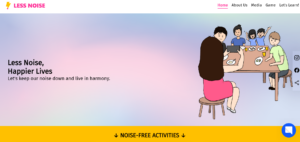
(2) About Us – who we are and our mission
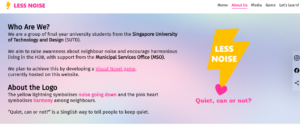
(3) Media – posters and videos to raise awareness
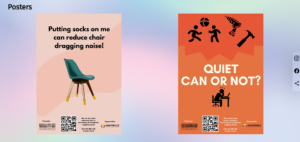
(4) Game – play the visual novel game
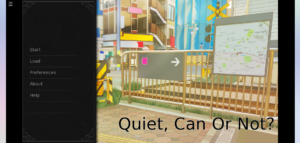
(5) Let’s Learn – info on noise sources, impacts and tips
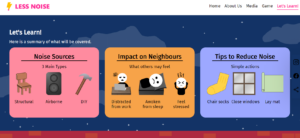
Have fun browsing!
QCON? (Quiet, Can or Not?) is a visual novel exclusively developed for our Capstone Project. In QCoN?, players take on the role of a resident who has recently moved into an HDB flat and has been encountering various noise-related problems in recent times.
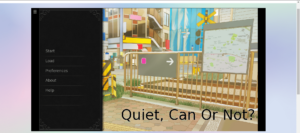
Throughout the game, the player will have to manage their relationship with their fellow neighbours, measured by a “Relationship” value that represents how well the player is getting along with others. This “Relationship” will determine how others perceive the player, as well as how willing they are to cooperate when it comes to resolving conflicts. In addition, the players’ “Relationship” and choices throughout the game will also determine how they have managed to influence their neighbourhood as a whole.
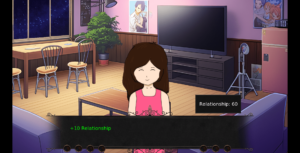
Through QCoN?, our team hopes that players can better understand how their decisions and attitudes may be taken by others, and in turn, seek to become better neighbours to those around them in their daily lives. When residents have empathy and care for one another, our team believes that neighbourhoods can enjoy peace and harmony.
Scenario Overview
QCoN? contains 5 different scenarios to educate players on how to resolve various noise conflicts harmoniously.
Scenario 1:
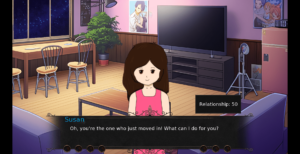
In the first scenario, players will deal with an individual who has been disturbing the neighbourhood during the night with their loud music. How will the player interact with strangers in a new and unfamiliar environment?
Scenario 2:
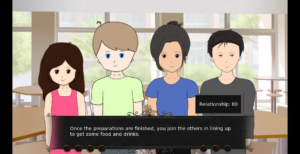
In the second scenario, players will have to deal with an entire crowd instead, when they find a large gathering taking place right outside of their apartment. Will players choose to partake, or abstain?
Scenario 3:
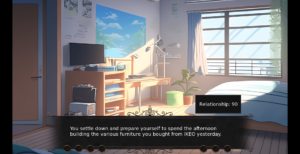
In the third scenario, players will find that the tables have turned on them – when they become the ones disturbing their neighbours instead. Will the players stay true to their vision of keeping things quiet?
Scenario 4:
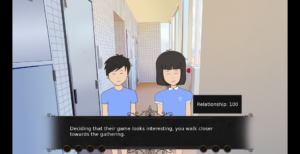
In the fourth scenario, players may find that the usual solutions might not be effective when they have to deal with a group that isn’t quite as receptive.
Scenario 5:
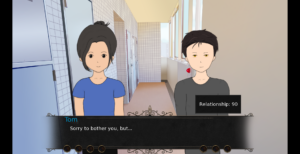
In the last scenario, players will find themselves caught up in a noise conflict that they are not directly involved in. How will players choose to act when they have no personal stake in the matter?
In our Chatbot part, we decided to introduce a chatbot to improve user experience, increase interaction with users, understand users’ needs, and increase the variety or complexity of the website to make the picture look not monotonous.
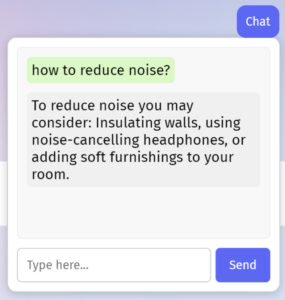
In our initial attempt to incorporate a chatbot into our website, we opted for JavaScript, HTML, and CSS as the programming languages of choice. This represents our first attempt.

The advantage is that in this attempt, we can understand the basic operation principle of a chatbot. We get a better idea of what we want and improve the chatbot from there.
As we all know, chatbots have two important roles, one is to answer user questions, and the other is to navigate.
In the first version, we used a preset set of questions to answer the user’s questions. The idea is that we pre-set a set of questions that the user might ask, and if the user types those questions into the input box, the chatbot would automatically reply to the set answers. One of the obvious problems with this approach is that we assume a limited set of questions that cannot cover all of them. In response to this, we decided to introduce an AI model to help us answer user questions, resulting in the second version of the chatbot.
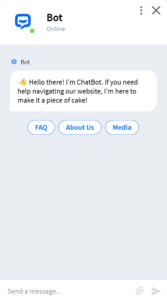
For the second version of chatbot, we decided to use chatbot products. It can scan websites, help centres, or other designated resources to provide quick and accurate AI-generated answers to customer questions. Combined with our experience with the first version of the chatbot, the logic of the AI chatbot is smoother.
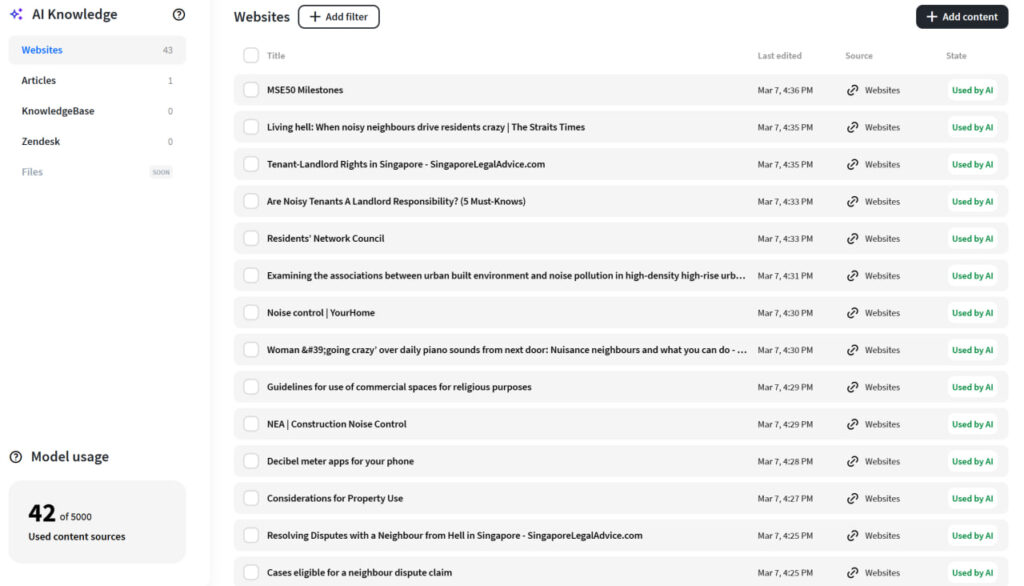
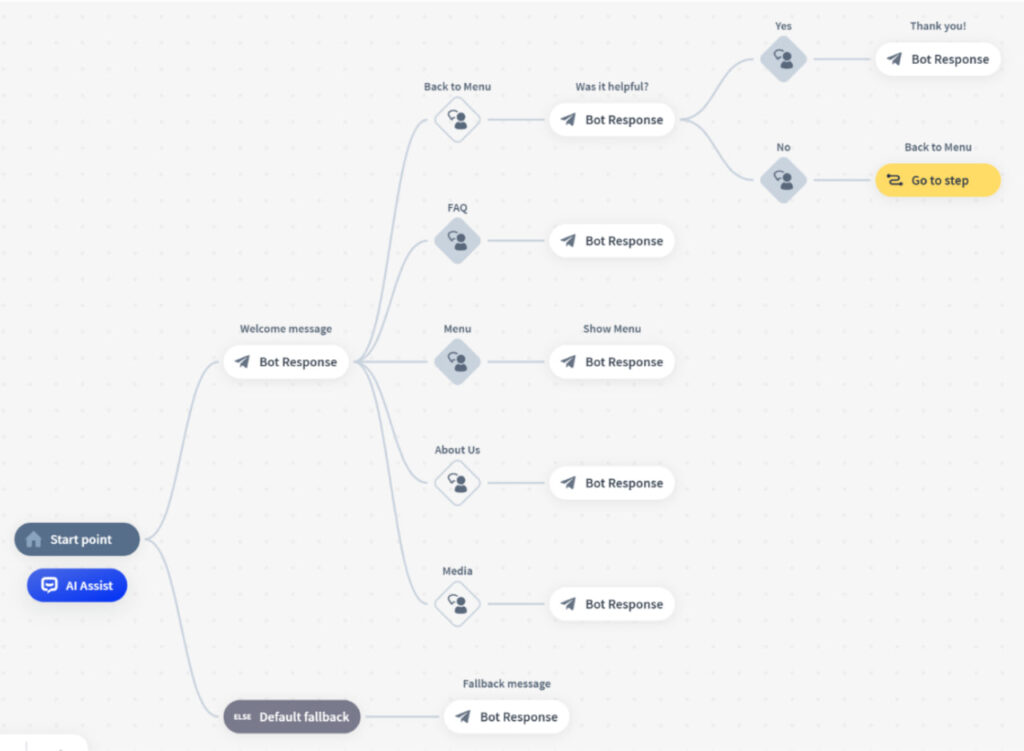
For evaluating Chatbots, we use ChatGPT to randomly generate 50 noise-related questions, ask our chatbot those questions, and then record the number of questions answered correctly. The result was that we went from being able to simply answer 15 questions to being able to provide detailed answers to about 40 questions, and the response rate increased as we added resources.
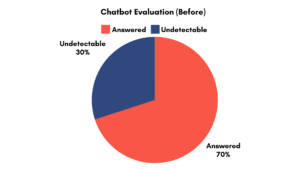
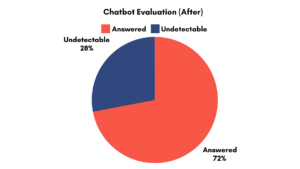
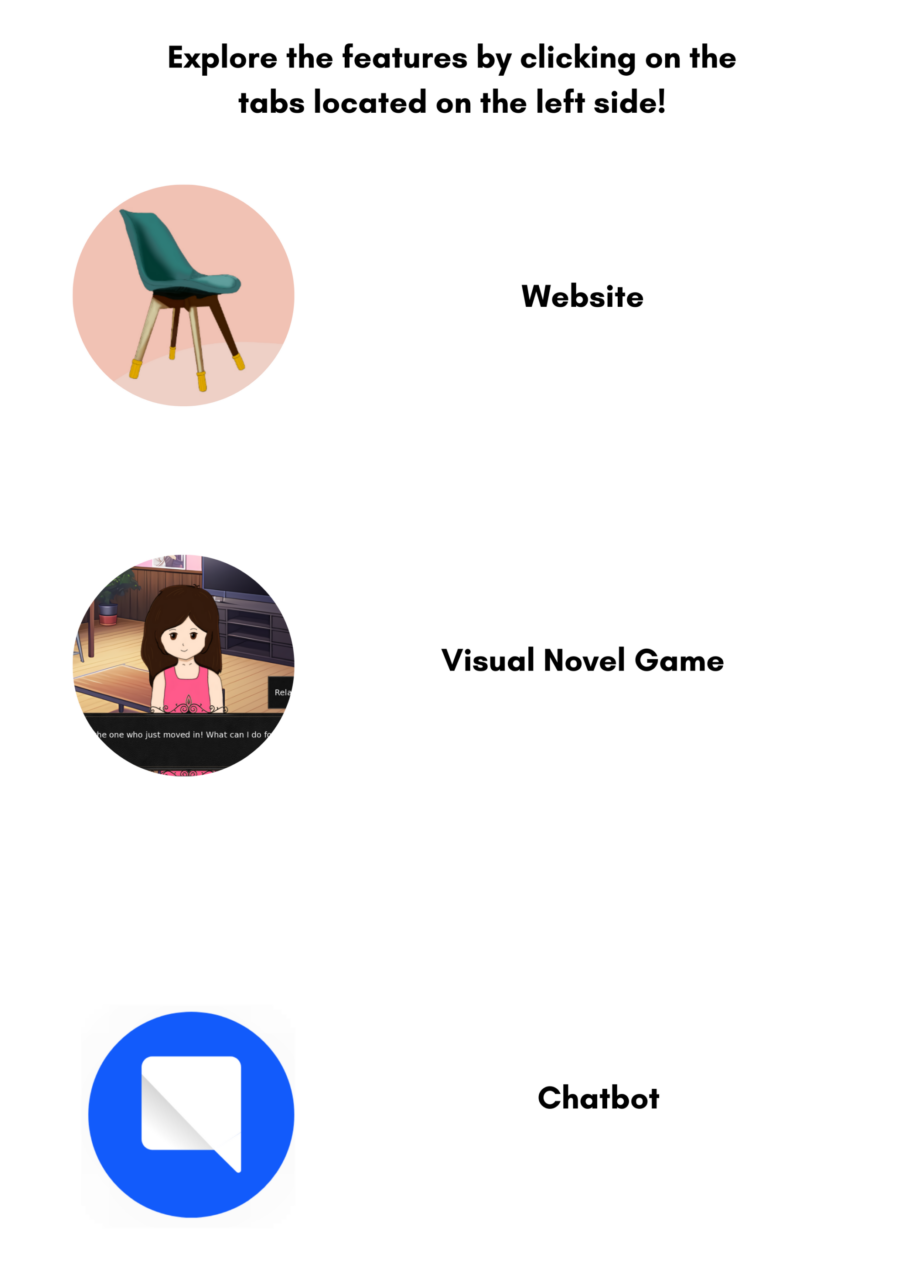
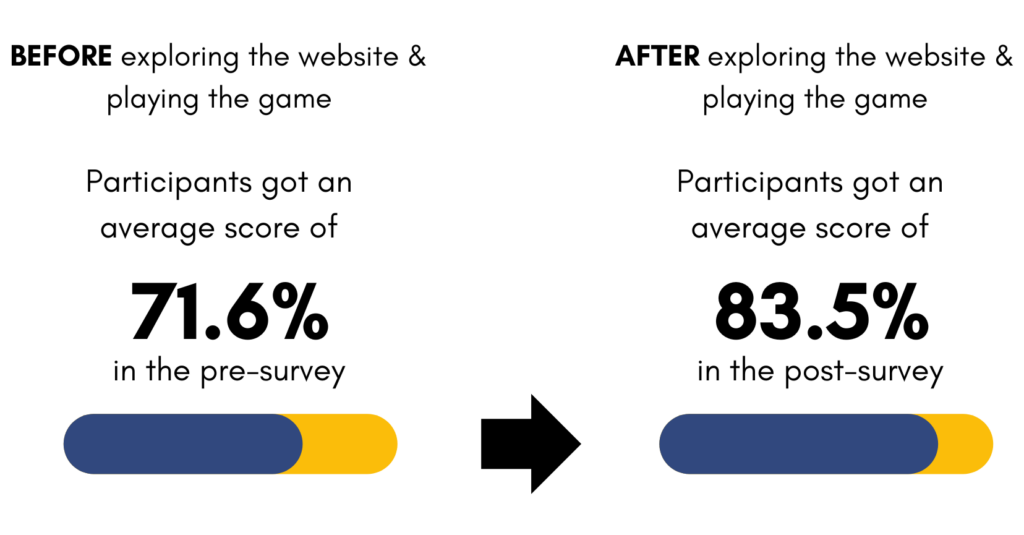
The recent evaluation of the Less Noise project, which includes an educational website and game, shows promising outcomes in raising noise awareness.
Participants in our study demonstrated a notable improvement in understanding noise-related issues, with an 11.9% increase in correct answers, bringing the overall accuracy rate to 83.5% after engaging with our resources.
Additionally, our results show an average recommendation score of 6.88 out of 10.
Positive comments were given about the project for its engaging visuals, the simplicity and effectiveness of the game, and the website’s overall user-friendly design.
Feedback also pointed towards areas for further improvement, such as enhancing the clarity of the website’s text, improving mobile compatibility, and adding more features to the website to improve user engagement.
This constructive feedback is invaluable as we continue to refine and expand the Less Noise project.
Our aim is not only to educate the public about noise pollution, but also to create more engaging and accessible resources.
We’ve identified several enhancement measures to make our website and game more accessible and engaging for a broader range of audiences:
1. Enhance mobile compatibility to improve user accessibility across various devices.
2. Expand the game’s content by introducing additional scenarios and incorporating voice narration to support users who depend on audio materials.
3. Increase the visibility of our public campaign through various channels, including lift stickers and digital display screens in residential areas.
4. Create multiple language versions to cater to a diverse user base.
We would like to thank Professor Michael Alexander Reeves & Mr Patrick Tay for their support and guidance throughout the Capstone project. We would also like to thank our industry mentor, Ms Siti, for providing us with the necessary information and opportunity to create Less Noise.
Vote for our project at the exhibition! Your support is vital in recognizing our creativity. Join us in celebrating innovation and contributing to our success. Thank you for being part of our journey!



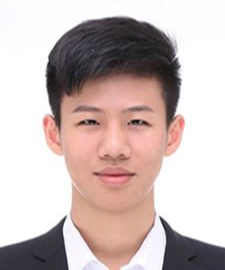























At Singapore University of Technology and Design (SUTD), we believe that the power of design roots from the understanding of human experiences and needs, to create for innovation that enhances and transforms the way we live. This is why we develop a multi-disciplinary curriculum delivered v ia a hands-on, collaborative learning pedagogy and environment that concludes in a Capstone project.
The Capstone project is a collaboration between companies and senior-year students. Students of different majors come together to work in teams and contribute their technology and design expertise to solve real-world challenges faced by companies. The Capstone project will culminate with a design showcase, unveiling the innovative solutions from the graduating cohort.
The Capstone Design Showcase is held annually to celebrate the success of our graduating students and their enthralling multi-disciplinary projects they have developed.